Top 10 Places Rodents Hide in Homes
Top 10 Places Rodents Hide in Homes
1. Garage
This is one of the easiest access points for rodents into a home. Garage doors can easily be left open unattended and often garbage cans or other attractants are stored inside, leading to a higher potential of rodents being enticed to this location. In addition to these attractants, garages are jungle gym of places for rodents to climb and hide, providing a great atmosphere for them to inhabit and potentially even breed.
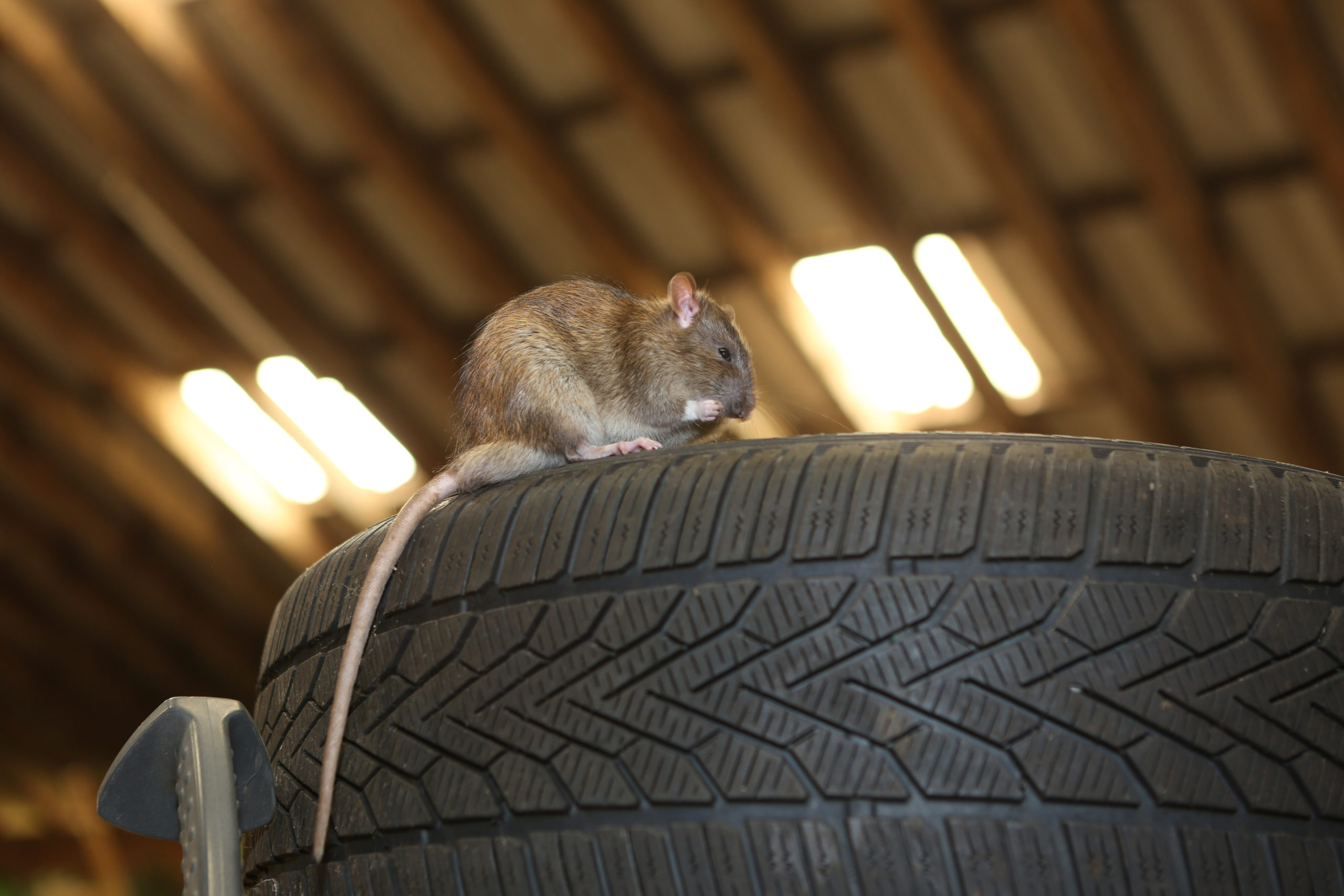
2. Kitchen
Kitchens are the most universal draw for pests in homes. The easy access to food, food scraps, water, and plenty of hiding places provide everything pests need to survive. Some pre-existing conditions in a kitchen can put you at a greater risk of attracting rodents. These conditions include:
- Dirty dishes or leftover food left out
- Crumbs or food debris on the floors
- Pet food perpetually left out
- Excessive grease buildup from cooking
- The area beneath appliances never being cleaned
- Garbage not regularly being taken out
- Dirty garbage cans (from garbage leaking through bags and adhering to the can)
- Leaking pipes and faucets (providing easier access to water)
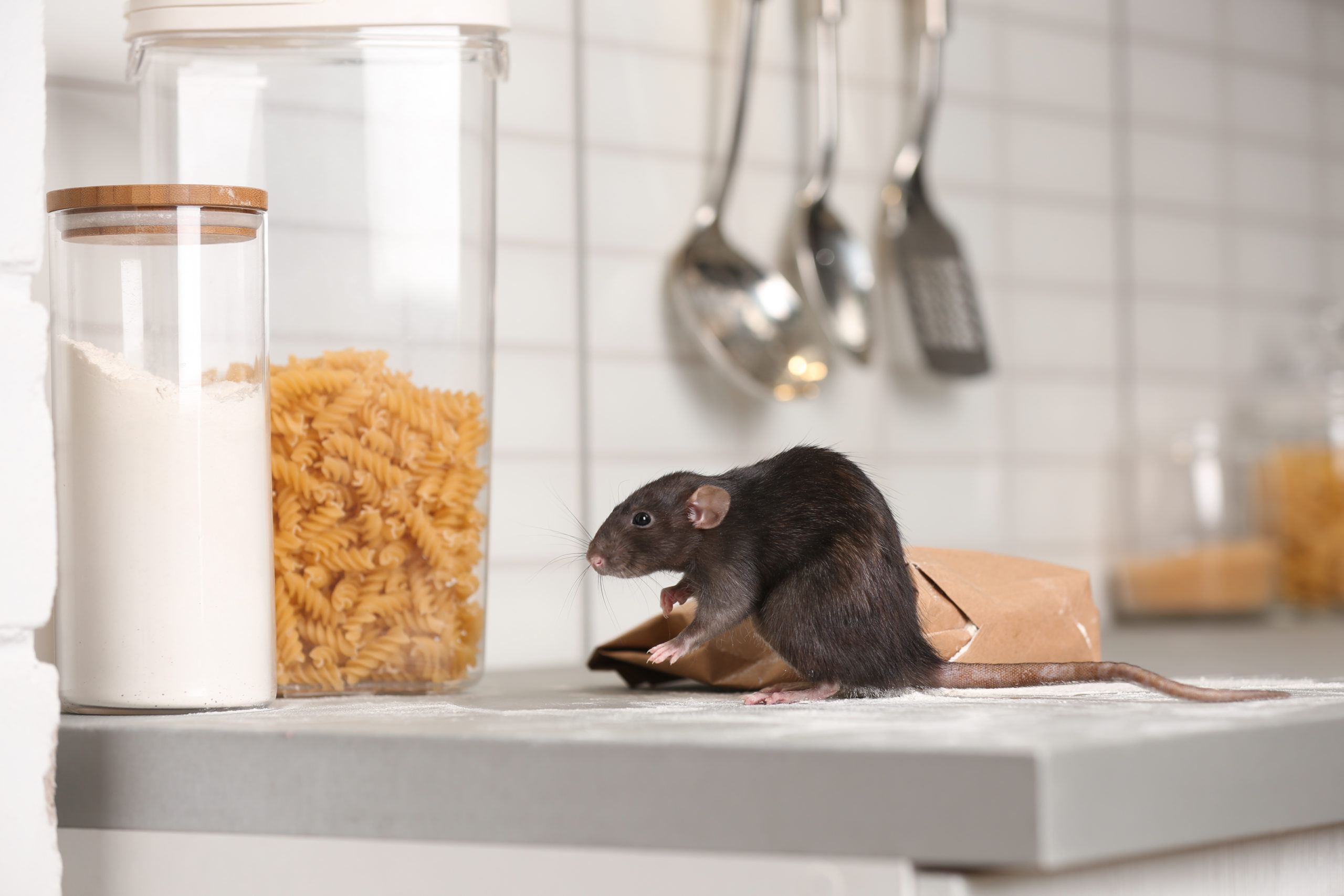
3. Attic
Rodents are particularly agile climbers that can scale high brick walls, balance on thin wires to travel from building to building, and have extremely powerful teeth and jaws, allowing them to gnaw their way into virtually anything. This makes it very easy for them to access roofs and attics. In particular, homes that have trees touching or in very close proximity to the roof are at risk of rodents and other pests using these branches as a kind of highway right into the upper levels of your home. Attics are also a great place for rodents to inhabit as they are rarely trafficked and often full of storage that can provide a lot of hiding places, bedding for offspring, and plenty of things to chew on.
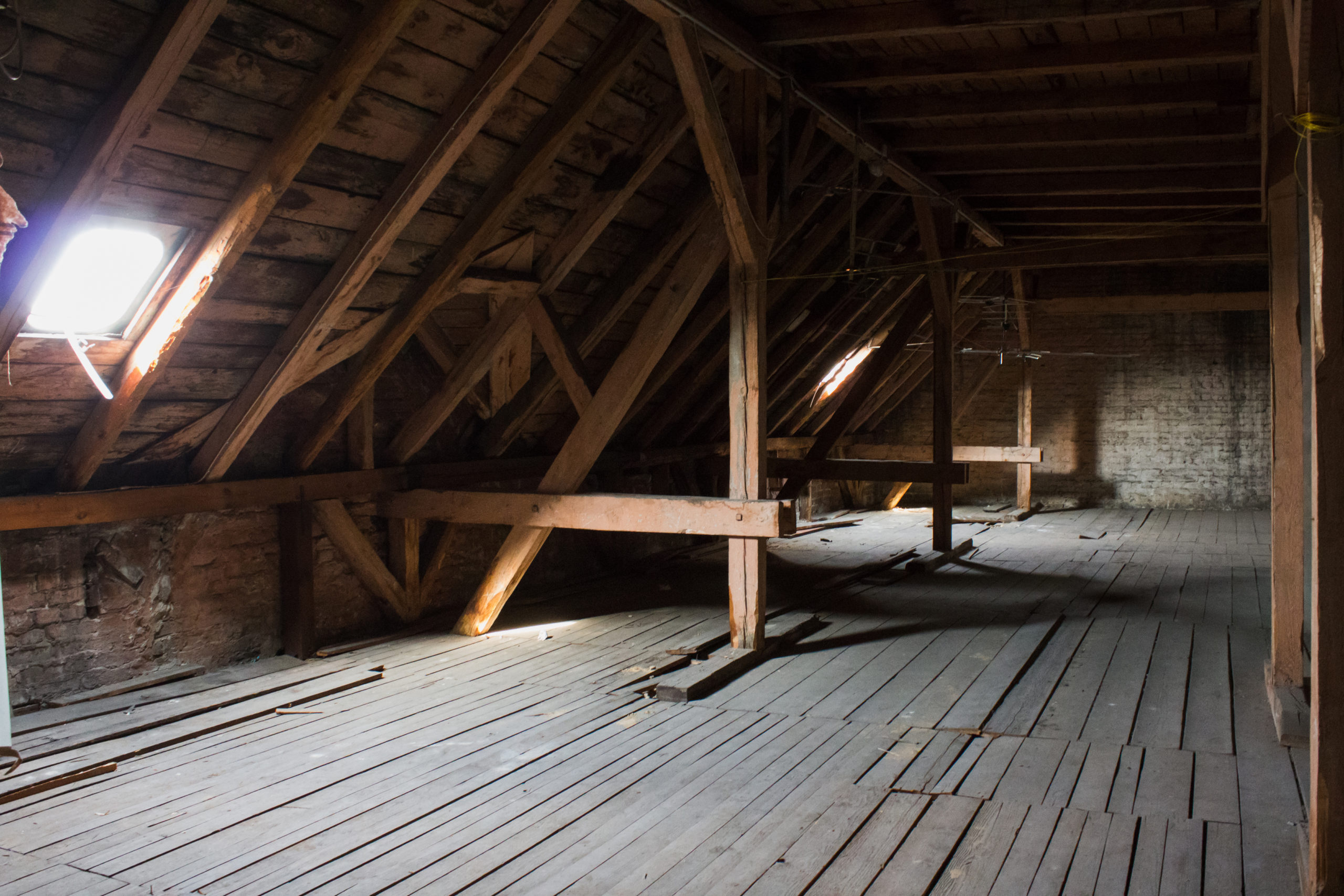
4. Crawl Space
Similar to attics, rodents tend to like crawl spaces due to the lack of human and pet interaction as well as access to storage, piping, and other things from the home that can make their stay more comfortable.

5. Inside Walls
With the incredible chewing abilities of rodents, getting into the walls of a home is an easy task. These areas allow rodents to traverse the home without encountering people and pets and can provide nice areas to nest. one of the first clues to having mice in your walls is the sounds. Typically, you will hear rustling and scurrying as they make their way through your walls and around your home. At night, sounds of squeaking are often reported as mice are nocturnal and will be very active. Additionally, you may hear a good portion of scratching which could indicate that the mice are branching out into new areas of your home. There’s also often some notable gnawing or chewing noises that can be heard within walls as they destroy walls and fixtures to make room for their growing nests. Aside from noise, other common indications include droppings and urine, chew holes in your walls or molding, remnants of nests such as paper or leaves, and any disturbed insulation.

6. Burrowing Around Foundation
Rats in particular are very efficient at burrowing to form extensive nests. Unfortunately, they can often be found burrowing around the foundations of houses, making their way into your homes and lives. Sometimes these burrows seem to be magically invisible or non-existent, yet your rat problems persist. Rodents like to remain hidden, so the entrance to your rat burrow may be concealed by vegetation growing around your home.

7. Basements
Basements are often dark, somewhat low in traffic, sometimes more humid than other areas of the home, and typically a place for storage. All of these conditions are ideal for rodents and both rats and mice can sometimes thrive in basements for a while prior to being detected. Thankfully, finished basements or particularly clean and tidy basements with all storage properly sealed are far less at risk of being home to rodents.
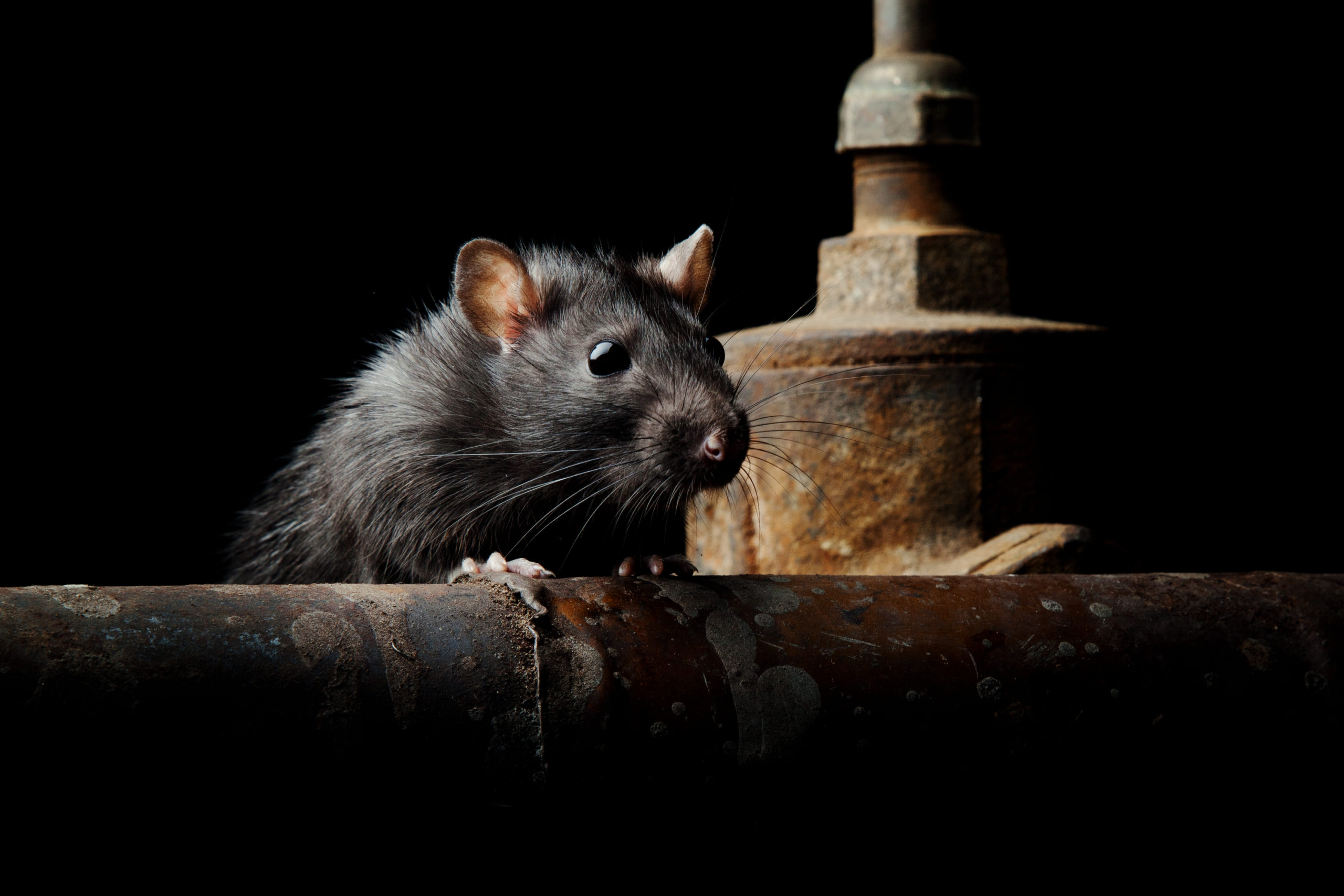
8. Ceilings/Floors
Just like walls, ceiling and floors can be accessed by chewing and can provide many hiding spots for rodents. In homes with ceilings and flooring that are somewhat spacious, these areas can easily become nests for rodents where they can quickly begin breeding. In these areas rodents can also chew on the wiring in the home which puts you at risk of electrical failures and, in serious cases, even electrical fires.
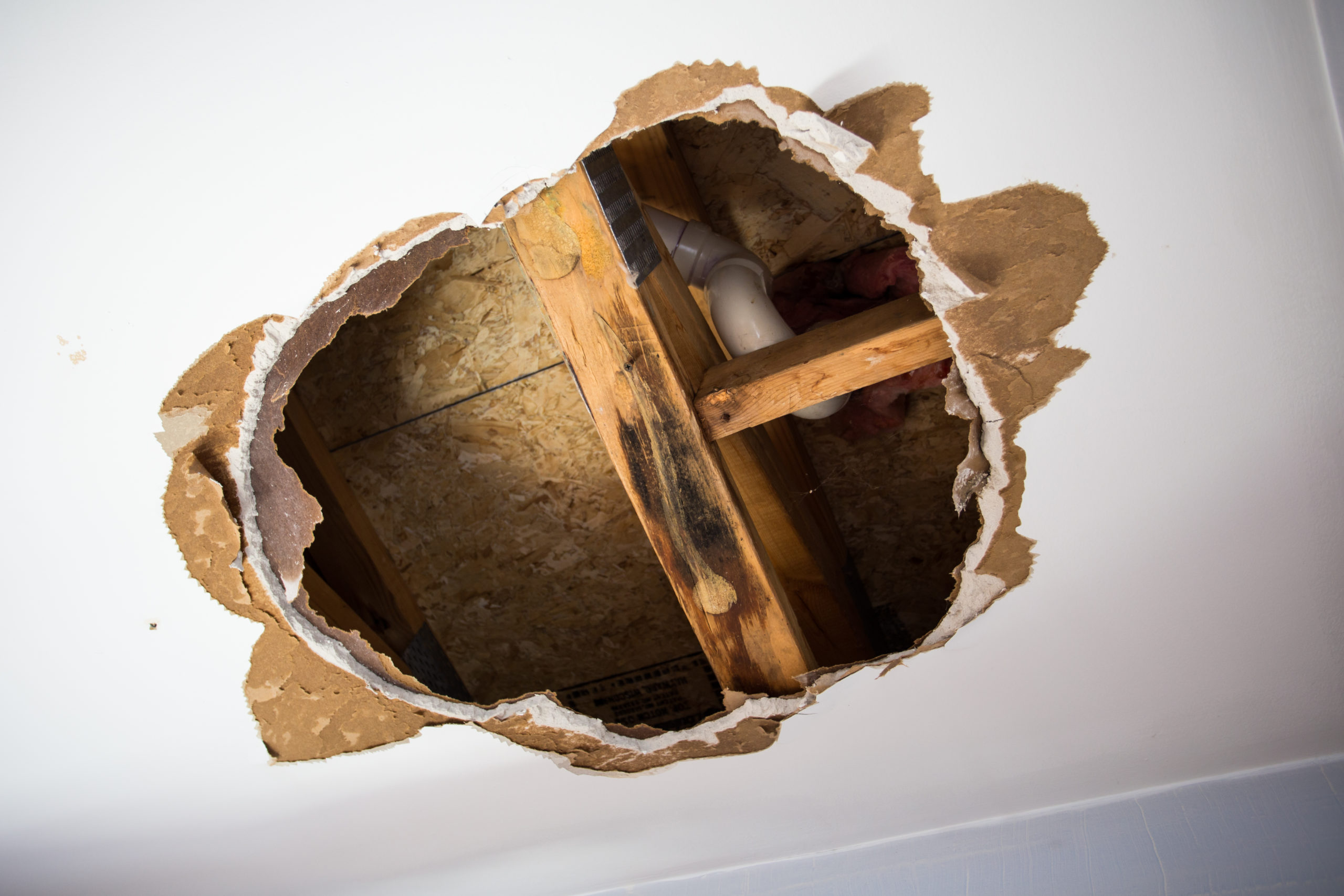
9. Around Appliances
Areas underneath and around appliances can be great places for rodents to hide and also provide access to food and/or water. Some appliances that can attract rodents include:
- Fridges
- Ovens
- Dishwashers
- Washers
- Dryers
Appliances in kitchens can have food, spilled liquids, or grease trapped beneath them, while washers, dryers, and dishwashers can leak water and moisten the surrounding area, all of which can attract rodents.
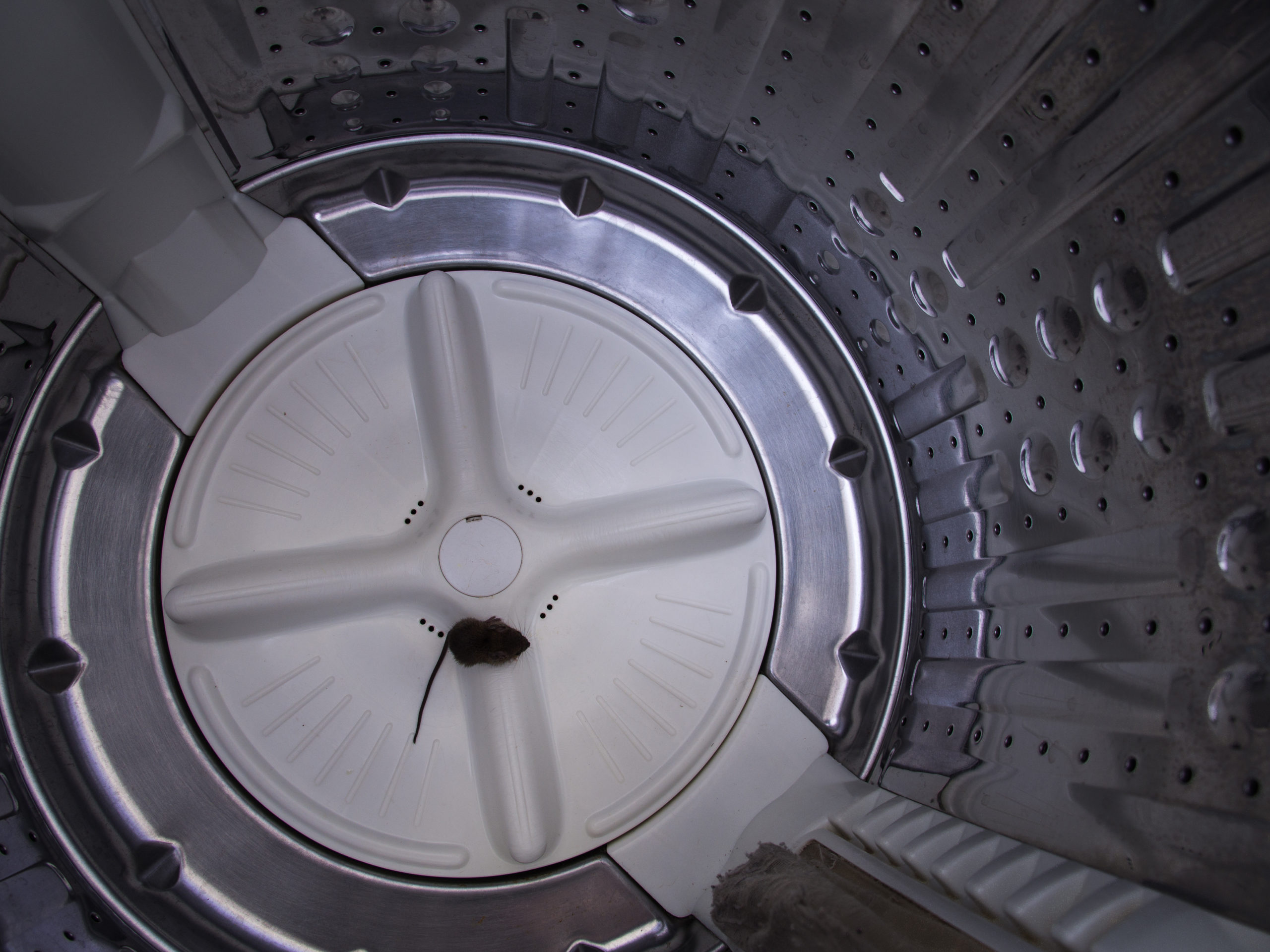
10. Ventilation Systems
Ventilation systems provide rodents with access throughout the home. If rodents have already accessed the walls or ceilings of a home, it can be very easy for them to make their ways into vents. Unfortunately, if rodents happen to perish in these areas the stench spreads very quickly throughout the home and the smell can become rather unbearable.
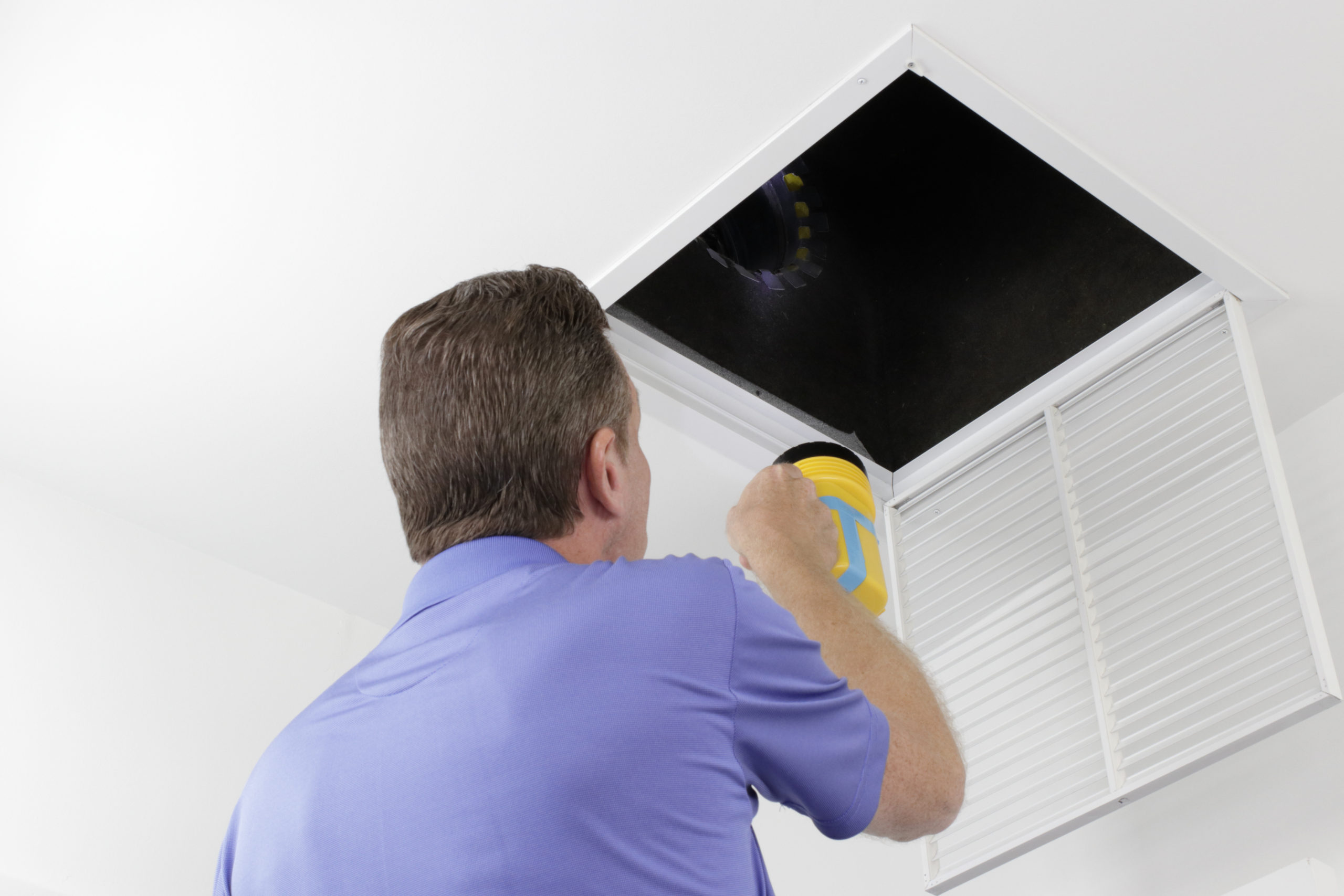
A Simple Guide to Preventing Stinging Pests
A Simple Guide to Preventing Stinging Pests A Simple Guide to Preventing Stinging Pests Summary: Stinging insects are more active in warm weather, [...]
These 10 Natural Mosquito Repellents Can Actually Help
These 10 Natural Mosquito Repellents Can Actually Help These 10 Natural Mosquito Repellents Can Actually Help Summary: Natural mosquito repellents are easier to [...]
How to Get Rid of Carpet Beetles
How to Get Rid of Carpet Beetles How to Get Rid of Carpet Beetles Summary: Carpet beetles are sneaky pests that don’t usually [...]
How Do Roaches Affect Asthma and Allergies?
How Do Roaches Affect Asthma and Allergies? How Do Roaches Affect Asthma and Allergies? Summary: It’s no secret that pests impact human health, [...]
These 5 Carnivorous Pests Might Surprise You!
These 5 Carnivorous Pests Might Surprise You! These 5 Carnivorous Pests Might Surprise You! Summary: There are many eco-friendly ways to prevent pests, [...]
The 5 Pet Pests That Really Bug Dogs and Cats
The 5 Pet Pests That Really Bug Dogs and Cats The 5 Pet Pests That Really Bug Dogs and Cats Summary: Dogs and [...]

